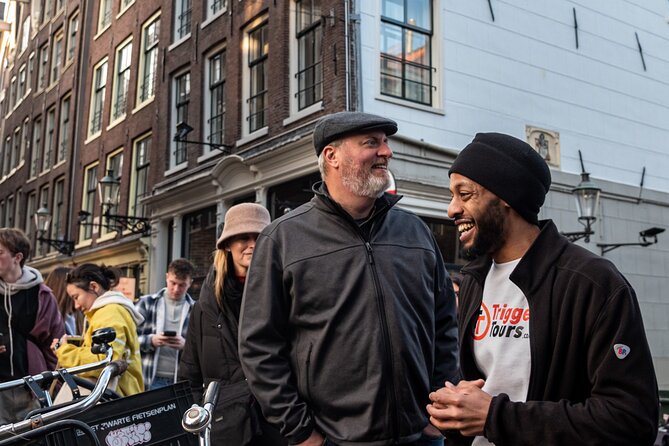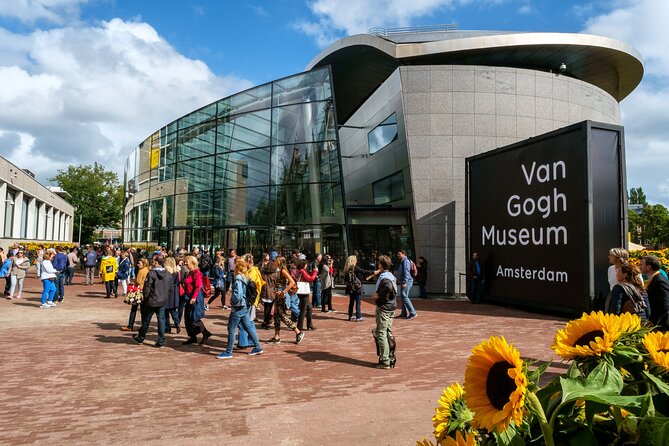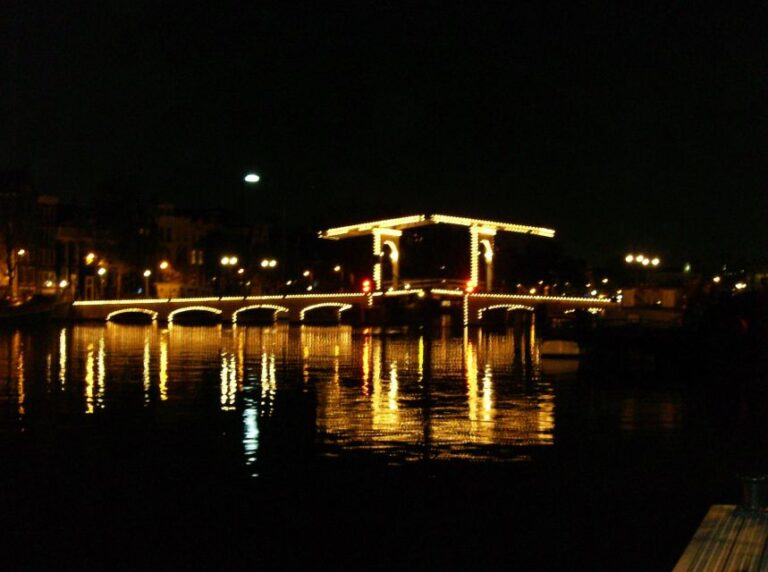When visiting cities across Europe, it’s common to stop in and see the old churches, not necessarily for religious reasons, but because historically, European churches were the recipients of funds allotted for the commissioning of art and architecture. While traveling, you may have the opportunity to visit a number of historically significant churches, such as the Duomo di Firenze and the Duomo di Siena in Italy. However, on a recent trip to Amsterdam, you might stumble upon a somewhat unusual and very unique church – a secret church in an attic, which is now the Museum Ons’ Lieve Heer op Solder, or the Museum of Our Lord in the Attic.
The History of Secret Churches in the Netherlands
In the Netherlands, secret churches or ‘schuilkerken‘ came about as a result of political and religious changes within the Low Countries. First, there was the Protestant Reformation, when Christian attitudes and beliefs began to shift. Then, there was the Eighty Years’ War, when the Netherlands won their independence from Catholic Spain. Following the Reformation, Catholic churches were converted to Protestant churches, and following the war in the newly independent Protestant-influenced Republic of the United Netherlands, Catholics were forbidden to worship in public or in a church that looked like a church.
The resulting clandestine churches, including Our Lord in the Attic, were hidden from view behind the facades of private residences and canal houses. By the 19th century, Amsterdam had again become a more open and tolerant society, allowing people of differing faiths to worship freely.
The Story of Our Lord in the Attic
Formerly known as Het Hart, Our Lord in the Attic was built in the 17th-century home of wealthy merchant Jan Hartman and remained in use as a parish church for over 200 years. In 1888, the hidden church was officially opened to the public as a museum and is credited with being the second oldest museum in Amsterdam (Het Rijksmuseum is the oldest).
Exploring the Museum
Visitors to the hidden church museum are allowed to wander through the house, climbing several flights of antiquated stairs to reach the various levels and ultimately the church itself. You’ll have the opportunity to explore the private rooms of the Hartman family, decorated with original artwork and period furnishings, as well as other areas of the church, including the confessional and clergy bedroom.
The Church
The church itself is a stunning example of 17th-century Dutch architecture and craftsmanship. The intimate space features a beautifully carved altar, intricate wooden pulpit, and a gallery lined with pews. The church could accommodate up to 150 worshippers at a time, a testament to the ingenuity and determination of the Catholic community during this period of religious oppression.
The Living Quarters
As you explore the living quarters of the Hartman family, you’ll gain insight into the daily lives of wealthy Dutch merchants in the 17th century. The rooms are furnished with period pieces, including paintings, furniture, and household objects, providing a glimpse into the tastes and lifestyles of the time.
The Confessional and Clergy Bedroom
The confessional and clergy bedroom offer a unique perspective on the religious life of the secret church. The confessional, a small, enclosed space where worshippers could confess their sins to a priest, is a rare surviving example of this type of religious furnishing. The clergy bedroom, located adjacent to the church, was where the priest would have lived and slept, highlighting the close relationship between the church and the home in this clandestine setting.
Getting There and Ticket Info
- Location: Museum Ons’ Lieve Heer op Solder is located at Oudezijds Voorburgwal 40 in the heart of Amsterdam’s historical Red Light District.
- Ticket Prices:
- Adult Admission: €9.00 (includes audio guide)
- Combideal: With your ticket to Museum Ons’ Lieve Heer op Solder, you’ll receive a €3.00 discount on one adult admission to your choice of the Amsterdam Museum, Cromhouthuizen-Bijbels Museum, Geelvink Hinlopen Huis, or Museum Willet-Holthuysen.
- Travel Tip: Entrance to the museum is FREE with the I amsterdam City Card.
Additional Information
- The Museum Ons’ Lieve Heer op Solder is housed in a typical 17th-century Amsterdam canal house, which was originally built as a residential home.
- The church was built on the top three floors of the canal house, with the living quarters of the Hartman family located on the lower floors.
- The church features a unique “floating” floor, which was designed to distribute the weight of the congregation evenly and prevent the building from collapsing.
- Along With the church and living quarters, the museum also houses a collection of religious artifacts, including chalices, vestments, and altar pieces.
- The museum offers guided tours in multiple languages, which provide a more in-depth look at the history and significance of the secret church.
Tips for Your Visit
- Due to the narrow staircases and limited space inside the museum, it is not accessible for wheelchair users or those with limited mobility.
- The museum can be crowded during peak tourist season, so consider visiting early in the day or later in the afternoon to avoid the largest crowds.
- Audio guides are available in several languages, including English, Dutch, French, German, Italian, and Spanish.
- Photography is permitted inside the museum, but be respectful of other visitors and the religious nature of the site.
- Take your time exploring the different rooms and levels of the museum, as there are many fascinating details and stories to discover.
A visit to the Museum Ons’ Lieve Heer op Solder offers a unique and fascinating glimpse into the religious history of Amsterdam and the Netherlands. This secret church, hidden in the attic of a 17th-century canal house, serves as a testament to the resilience and ingenuity of the Catholic community during a time of religious oppression. By exploring the church, living quarters, and religious artifacts, visitors can gain a deeper understanding of the challenges and triumphs of this important period in Dutch history. Whether you’re a history buff, a religious studies enthusiast, or simply a curious traveler, a trip to Our Lord in the Attic is sure to be a memorable and enlightening experience.





